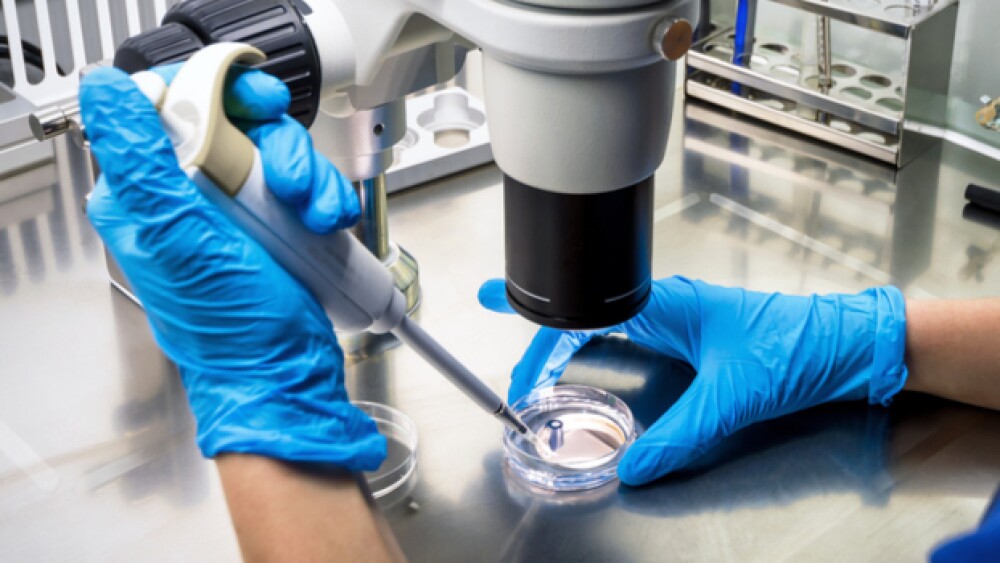Although every year, big biopharma companies give up on some programs, 2018 seems like it has been marked by unusually extensive program abandonment.
Although every year, big biopharma companies give up on some programs, 2018 seems like it has been marked by unusually extensive program abandonment.
AstraZeneca sold off numerous drugs in November. Mark Fallon, AstraZeneca’s executive vice president, Global Product and Portfolio Strategy, stated at the time, “One of our strategic objectives is to divest parts of our portfolio, allowing us to allocate resources to develop innovative new medicines to address unmet patient needs.”
In mid-2017, GlaxoSmithKline shook things up, killing more than 30 preclinical and clinical programs and allocating 80 percent of its R&D budget to respiratory and HIV/infectious diseases.
And Novartis has been making extensive changes in the last 18 months or so. In October 2018, however, it indicated it was abandoning about 20 percent of its research projects after a strategic review.
And although those three are most notable, they’re not the only ones. For example, in early January, Pfizer indicated it was abandoning R&D into new neuroscience development, including Alzheimer’s and Parkinson’s disease.
Bloomberg recently took a closer look at the decision-making paradigms that often go into these “kills.”
Mene Pangalos, head of AstraZeneca’s research programs, told Bloomberg, “The way you get good kills is ‘I’ve tested the hypothesis and it does or doesn’t work.’ Fundamentally, it’s about being ruthless with your decision-making.”
This ruthlessness, Bloomberg reports, appears to be a shift in the industry. In previous years, the size of the pipeline meant greater chances of more drugs making it to market. That could be called the more-shots-on-goal strategy. And it certainly seems to work in hockey, soccer and basketball.
But drug development isn’t a sport and increasingly biopharma companies are eyeing the growing costs of R&D while simultaneously taking into consideration the payer market—high drug prices have been a hot-button political topic for several years and governments and payers are increasingly looking for ways to push back on drug pricing. According to Deloitte, bringing a new drug to market costs about $2 billion. That’s a massive amount of overhead to recoup.
Nooman Haque, managing director of life sciences and health care at Silicon Valley Bank’s UK unit told Bloomberg that chasing a drug to a dead end “becomes part of the baggage and the bloat” that makes for strategically sluggish companies. “If I’m an investor I’d like to see more of that offloading.”
Some biopharma companies are attempting to change their research cultures. AstraZeneca and GSK, for example, are tweaking their incentives. GSK’s R&D head Hal Barron spoke at a London conference in November, saying, “If you reward progression, you will get progression.” As a result, he wants researchers to “thoughtfully evaluate the data and kill molecules that aren’t going to work.”
Of course, scientists may be reluctant to kill their pet projects, either for fear of being thrown out along with the project, or because they legitimately believe there’s hope for them.
One of the key problems in killing programs is that they are the lifeblood of biopharma companies. Without new products stimulating sales, profits stagnate. Bloomberg reports, “Astra has released treatments for cancer and heart disease in recent years that helped lift its market value above that of Glaxo for the first time. Meanwhile, Glaxo fell the most in a decade on Dec. 3 after announcing a $5.1 billion acquisition, raising concern that it was overpaying to bolster its pipeline.”
And if drug development is an obstacle course, there are barriers and missteps that can occur anywhere from preclinical development to post-marketing, if safety issues develop. Companies would undoubtedly rather abandon a drug earlier in the process, rather than after it’s spent millions and possibly billions of dollars on large clinical trials, regulatory submissions and marketing campaigns.
At the moment, at least, big pharma companies appear to be working in a much more targeted fashion, picking and choosing their most promising programs carefully. This also means they may be paying closer attention to the competition, abandoning projects that are “me-too” drugs trying to improve on well-established brands with marginal advantages. They’re also utilizing artificial intelligence, machine learning, big data and robotics to create any edge they can in improving the odds of a new and innovative drug.
Interesting, Pangalos indicates his goal is to emulate Genentech, which has a very high success rate. “That’s kind of an aspiration of where we’d like to be,” he told Bloomberg. “We’ve done it for a period. Right now it’s a blip; if we do it for another five or ten years, I’d say we’re doing okay.”





